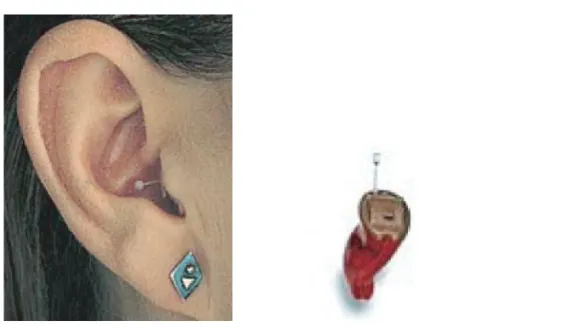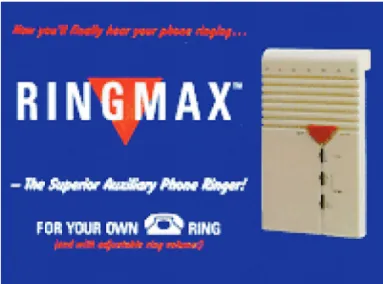Sensory Organ Replacement and Repair – Gerald E. Miller
Texto completo
Figure




Documento similar
The chapters previous placed the context of organ harvesting as part of the responsibility to protect and considered whether or not organ trafficking needs to
With access to health care, rehabilitation and technology, people with disabling hearing loss can participate equally in education, employment and their communities.. Hearing
The main objective of this study was to determine whether the use of TXA in patients undergoing primary or revision TKR with a history of coronary artery disease increased
Pros and cons of proposals for radical transformation as endorsed by transhumanism (genome editing), their impact on future generations and on subjects with functional diversity,
Abstract: PURPOSE: To analyze corneal aberrations and factors affecting visual outcomes after implantation of a trifocal intraocular lens (IOL) in eyes previously treated with
(2019) observed similar results in a sensory study with different cultivars, where the sensory attributes and final scores were higher for Bourbon Amarelo and Obatã
This disability can be classified in conductive hearing loss, as a result of the loss of function of the outer or inner ear, or neurosensory hearing loss, as a
The Health Belief Model (HBM) [3], the Theory of Reasoned Action (TRA) [4] or Planned Behavior (TPB) [5], the Information- Motivation-Behavioral Skills Model (IMB) [6], and





